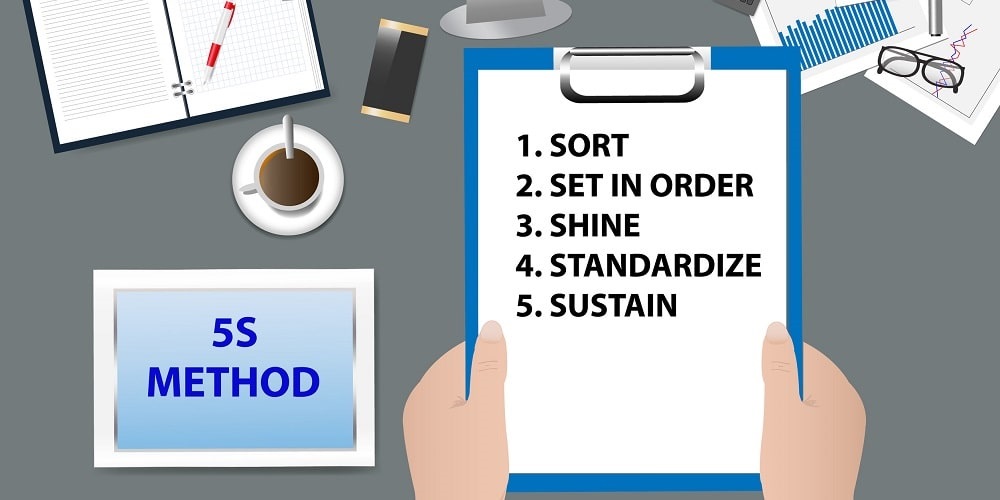
Someone asked: “Why do 5S [sort, simplify, shine, standardize, sustain]? It’s just going to get dirty again.”
I could have tried to be funny and respond, “why clean your clothes?” or “why wash your hands?” – they will just get dirty again. However, I remembered a quote, attributed to Einstein, “If you can’t explain it simply, you don’t understand it well enough.”
Simply put, we do 5S because we are proud of where we work, and it helps build a sense of respect for ourselves, our teammates and our company. If you aren’t proud of where you work and proud of your teammates, perhaps this isn’t the right place for you. I mention to everyone that goes through our operational excellence training that we opened the plant to our families at a past company picnic. Would you be excited or ashamed to show your family where you work?
5S is a key tool in creating a Lean culture, specifically the concept of “respect for people.” Doing 5S and sustaining 5S are separate pieces of this cultural puzzle. 5S is an organizational Kaizen event; however, 5S must become part of your culture. The sustaining piece of keeping your workplace clean and organized communicates a respect for each other. After 5S has been implemented and in place for a while, people share that there seems to be less “squabbling” between shifts and people. And that people are more relaxed and able to focus on improving the process.
Lean concepts like 5S have a place in our everyday lives as well. Think about putting items away in your kitchen or your closet. Does searching for something cause stress? Instead, think about when you know you put it away correctly. Maintaining 5S communicates respect for the other people you work with and helps set an expectation for “how” to easily store items. If you get frustrated with your child not putting shoes or clothes back where they belong, try taking pictures of the items where they belong. Post pictures of them in the closet or on the wall. Then when the kids can’t find something, refer to the picture and ask them, “Did you put it away where the picture shows?” Then highlight the time they would have saved if the item was put away like in the picture. Use this powerful, simple communication to set your expectations so the kids’ mistakes don’t happen again.
Our customers and suppliers observe our behaviors and habits. Where I work, our customers give us the benefit of the doubt when there is a quality or delivery issue. In their minds, I think they say to themselves, “They appear to be organized, so I’m confident they can handle correcting this issue.” Do you want to turn away new business because a potential customer might look at your operation and think, “How can they produce and deliver quality parts on time if they can’t manage to keep their operation clean and organized?”
Think back to the last time you flew on a plane. Was it dirty? Did parts of your seat not function properly? If the airline can’t handle the simple task of cleaning, can you trust them to do maintenance on an engine or hydraulics to extend the landing gear or move the stabilizers?
Think about something in your life that causes stress – like losing your keys, forgetting your phone or any common everyday task. 5S those items. Then think about what causes you stress or how to make your job easier. The solution is probably right in front of you, if you had only 5S’d it. Hopefully, with some of these examples you can see how organizing and cleaning your work area would make you and your teammates lives a lot easier and less stressful. So if someone asks you, “Why do 5S?” tell them, “Because I work HERE! At THE best company in the world!” Their next questions should be, “Hey, can you get me a job there?”